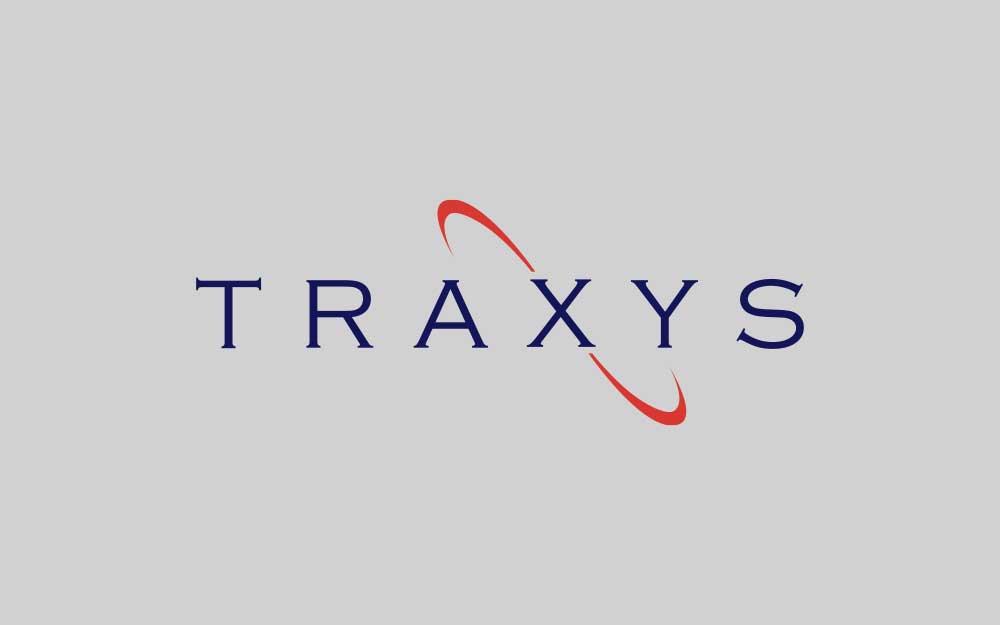Rare Earth Metals to Stand Out in Crisis

Rare Earth Metals to Stand Out in Crisis
Reuters Interview by Anna Stablum
16 October 2008
LONDON (Reuters) - Metals merchant Traxys expects lower prices in most basic raw materials until the second half of next year, but sees opportunities in "rare earth" metals, the chief executive officer said on Thursday.
Rare earth metals can be used in a variety of applications and some of them are highly sought after. Two of them are neodymium and samarium used in permanent magnet applications and others are used in hybrid vehicles, areas of potential growth.
"One area that we find quite interesting is the rare earth space, there is quite a bit of demand," Mark Kristoff told Reuters in an interview.
Other metals and minerals were seen faring less well.
"We are seeing deterioration in the base metals complex and in the basic raw materials for steel making and it is hard to see an apparent recovery in those products at this stage."
A slump in the construction sector has pulled steel to less than half of its value since the end of June and copper prices -- often seen as a key gauge for general economic activity -- have dropped almost 50 percent since July.
"We definitely see fourth-quarter demand lower than the previous three quarters," Kristoff said.
He said he expected lower consumption levels in the first quarter in 2009 and potentially also in the second quarter. The recent financial turmoil would hit players across the board but especially smaller players, Kristoff said, and a recovery was not to be expected until the financial crisis had been resolved.
"Until the banks start trusting and lending money to each other ... all business is going to be concerned about is the availability of capital and weak prices and it is going to have a negative impact on every player in the sector be it a producer, merchant or consumer of basic materials."
To ride the financial storm, he said Traxys was watching its exposure carefully in terms of open positions and counter-party risk and the performance of underlying contracts.
"You never know if the counterparty is experiencing problems with their liquidity based on this financial crisis," he said. In 2007, the U.S. and Luxembourg based firm had a turnover of $3.4 billion, up from $2.8 billion in 2006.
Reporting by Anna Stablum; editing by Christopher Johnson.
Reuters Messaging:
+44 20 7542 7928
-
 Traxys Group - 17th April 2025
Traxys Group - 17th April 2025Traxys Group Statement concerning Conflict Minerals Allegations
-
 Traxys Group - 15th January 2025
Traxys Group - 15th January 2025The future of commodities trading: A conversation with Traxys and Optiver
-
 Traxys Group - 11th July 2024
Traxys Group - 11th July 2024TRAXYS S.A.R.L. - USD 1,600,000,000 MULTICURRENCY SYNDICATED REVOLVING CREDIT FACILITY


 All News
All News